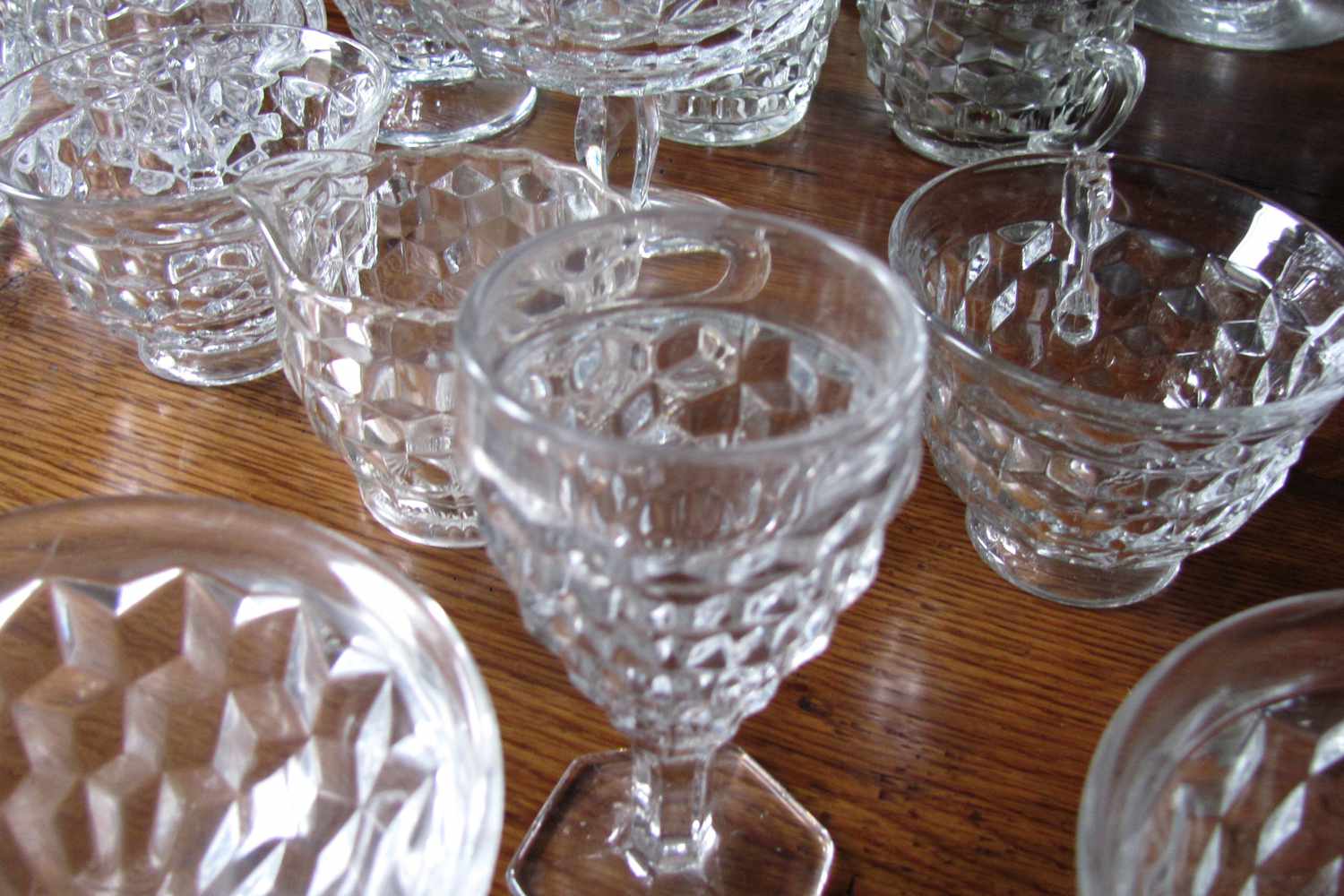

Tableware
How To Identify Fostoria Stemware
Modified: February 7, 2024
Learn how to easily identify Fostoria stemware, a beautiful and timeless type of tableware, with our helpful guide.
(Many of the links in this article redirect to a specific reviewed product. Your purchase of these products through affiliate links helps to generate commission for Storables.com, at no extra cost. Learn more)
Introduction
Welcome to the fascinating world of Fostoria stemware! Stemware refers to a type of tableware specifically used for serving beverages, especially alcoholic drinks. Fostoria stemware is renowned for its exquisite craftsmanship, timeless elegance, and rich history. In this article, we will delve into the history of Fostoria stemware, explore its distinguishing characteristics, learn how to identify and authenticate pieces, discuss popular patterns, and provide insights on pricing and collecting. Whether you are a passionate tableware collector, an aspiring connoisseur, or simply curious about the art of stemware, this article will be your ultimate guide to the captivating realm of Fostoria.
Key Takeaways:
- Fostoria stemware, known for its clarity, intricate designs, and seamless integration of form and function, reflects the company’s commitment to timeless elegance and enduring beauty.
- Identifying Fostoria stemware requires attention to patterns, markings, glass quality, and expert guidance. Collecting and caring for Fostoria stemware can be a rewarding journey of appreciation and enjoyment.
Read more: How To Identify Riedel Stemware
History of Fostoria Stemware
The origins of Fostoria stemware can be traced back to the late 19th century in Fostoria, Ohio. The Fostoria Glass Company was established in 1887 and quickly gained recognition for its exceptional glassware production. Fostoria stemware became popular during the early 20th century when American households were embracing the elegance of formal dining and entertaining.
Throughout its history, Fostoria glassware underwent various style transformations, reflecting the changing trends and preferences of consumers. From the Art Nouveau and Art Deco influences of the early 1900s to the sleeker and more minimalist designs of the mid-20th century, Fostoria stemware adaptively evolved to meet the demands of the market.
During the height of its popularity, Fostoria produced a vast array of stemware patterns, each with its unique charm and aesthetic. Patterns ranged from delicate etched designs to bold cut glass patterns, catering to different tastes and occasions.
Unfortunately, the Fostoria Glass Company faced financial challenges in the mid-20th century and was eventually forced to close its doors in 1986. Despite this, the legacy of Fostoria stemware lives on today as a testament to the company’s commitment to quality craftsmanship and enduring beauty.
Today, Fostoria stemware is highly sought after by collectors and enthusiasts alike. Its rich history and timeless elegance make it a prized addition to any tableware collection, and its scarcity only adds to its allure. From formal dining occasions to intimate gatherings, Fostoria stemware continues to evoke a sense of sophistication and refinement.
Characteristics of Fostoria Stemware
Fostoria stemware is known for its exquisite craftsmanship and distinctive characteristics that set it apart from other glassware. Understanding these unique traits can help you identify and appreciate the beauty of Fostoria stemware.
One of the defining characteristics of Fostoria stemware is its clarity. Fostoria glassware was crafted using high-quality, clear glass that allowed for a brilliant and reflective appearance. The glass is often free of imperfections, such as bubbles or cloudy spots, further enhancing its visual appeal.
Another notable feature of Fostoria stemware is the intricate patterns and designs. Fostoria was renowned for its skillful craftsmanship in etching, cutting, and engraving glass. Many Fostoria stemware patterns featured delicate etched designs, such as flowers, vines, or geometric motifs. Some patterns also incorporated more elaborate cut glass patterns, enhancing the elegance and detailed craftsmanship of the pieces.
The quality of Fostoria stemware can also be observed in its weight. Fostoria glass was typically slightly heavier than other stemware, giving it a substantial feel in the hand. This weightiness often indicates the use of thicker, more durable glass, adding to the longevity and value of Fostoria stemware.
Fostoria stemware also exhibits a seamless integration of form and function. The shapes of the glasses were carefully considered to enhance the drinking experience. Whether it is the long, slender stem of a wine glass or the wide bowl of a cocktail glass, Fostoria stemware was designed to bring out the best qualities of the beverages being served.
Lastly, Fostoria stemware is often marked with the Fostoria logo. This logo typically appears as an etched or raised mark on the base or stem of the glass. The presence of the logo is a strong indication of authenticity and can help with the identification and valuation of Fostoria stemware.
Overall, the characteristics of Fostoria stemware reflect the company’s commitment to producing high-quality glassware with attention to detail and timeless elegance. These traits continue to make Fostoria stemware a cherished choice for those seeking to add a touch of sophistication and beauty to their table settings.
Identifying Fostoria Stemware
Identifying Fostoria stemware can be an exciting endeavor for collectors and enthusiasts. While Fostoria did not always mark its pieces, there are several key features and techniques that can help you determine if a piece of glassware is indeed Fostoria.
One of the first steps in identifying Fostoria stemware is to become familiar with the various patterns produced by the company. Fostoria produced a wide range of patterns, each with its distinct design and characteristics. Take the time to research and study different Fostoria patterns by referring to books, online resources, and reputable collector forums.
Next, examine the glassware closely for any markings or labels. While not all Fostoria stemware pieces were marked, many do bear the Fostoria logo, which is typically etched, engraved, or raised on the base or stem of the glass. Look for the word “Fostoria” or the Fostoria Glass Company’s insignia. The presence of the logo is a strong indication that the glassware is indeed Fostoria.
In addition to markings, take note of the glass itself. Fostoria stemware is known for its high-quality, clear glass. Look for clarity and absence of imperfections, such as bubbles, cracks, or cloudy spots. Fostoria glass is often heavier than other glassware, indicating a thicker and more durable construction.
Another helpful technique in identifying Fostoria stemware is to compare the design of the glassware with known patterns. Look for similarities in the etched or cut designs, as well as the overall shape and proportions. Fostoria stemware patterns often have distinctive characteristics that can help in the identification process.
Consulting with experienced collectors or experts in Fostoria stemware can also provide valuable insights and guidance in identifying pieces. They may have in-depth knowledge of specific patterns, obscure styles, and rare variations that can help confirm the authenticity of the glassware.
Lastly, it is important to keep in mind that Fostoria stemware can sometimes be confused with glassware from other companies, as many manufacturers produced similar designs. Therefore, thorough research, attention to detail, and a keen eye are crucial in accurately identifying Fostoria stemware.
By familiarizing yourself with Fostoria patterns, examining markings and labels, assessing the quality of the glass, comparing designs, and seeking expert advice, you can increase your chances of successfully identifying and authenticating Fostoria stemware.
When identifying Fostoria stemware, look for the Fostoria etched or engraved mark on the bottom of the glass. This mark will help you confirm the authenticity of the stemware.
Patterns of Fostoria Stemware
Fostoria stemware boasts an extensive range of patterns, each reflecting the exquisite craftsmanship and artistic vision of the Fostoria Glass Company. From delicate etched designs to bold cut glass patterns, Fostoria offers something for every tableware enthusiast. Let’s explore some popular patterns of Fostoria stemware.
1. American: Considered a classic, the American pattern features a sleek and timeless design. It is characterized by clear glass with panels around the bowl and a simple, elegant stem. This pattern is versatile and pairs well with both formal and casual table settings.
2. Chintz: Known for its delicate floral pattern, Chintz features beautifully etched flowers and foliage cascading across the glassware. The intricate design adds a touch of elegance and charm to any table. Chintz is highly sought after by collectors for its exquisite craftsmanship and intricate detailing.
3. Navarre: The Navarre pattern is characterized by its intricate cutting and elegant shape. It features a combination of etched floral designs and cut glass elements, creating a visually stunning effect. Navarre stemware is often praised for its exceptional clarity and ability to refract light.
4. Versailles: The Versailles pattern showcases a grand and elaborate design. It features etched flowers, scrolls, and other ornate motifs, giving the glassware a regal and opulent appearance. Versailles stemware is a statement piece that adds a touch of luxury to any table setting.
5. Meadow Rose: Meadow Rose is a romantic and whimsical pattern known for its delicate etched roses and leaves. The pattern exudes a sense of charm and beauty, making it a popular choice for elegant dinner parties and special occasions.
These are just a few examples of the many patterns produced by Fostoria over the years. Other notable patterns include Heather, June, Fairfax, and many more. Each pattern has its unique characteristics, allowing collectors to build a diverse collection of Fostoria stemware.
When collecting Fostoria stemware, it is important to consider the availability and rarity of patterns. Some patterns, such as American, are more easily accessible and can be found in abundance. However, rare and discontinued patterns may require more extensive searching and may command higher prices in the collector’s market.
Whether you prefer the simplicity of American, the intricate beauty of Chintz, or the grandeur of Versailles, Fostoria offers a wide selection of patterns to suit every aesthetic preference. Investing in Fostoria stemware allows you to acquire pieces that not only serve a practical purpose but also stand as works of art in their own right.
Read more: How To Identify Vintage Crystal Stemware
Pricing and Value of Fostoria Stemware
Fostoria stemware holds both aesthetic and monetary value, making it a sought-after collectible. The pricing and value of Fostoria stemware can vary based on several factors, including pattern rarity, condition, age, and market demand.
One of the primary factors influencing the value of Fostoria stemware is pattern rarity. Some patterns, particularly those that were produced in limited quantities or discontinued early on, are considered more desirable among collectors. Rarer patterns tend to command higher prices due to their scarcity and relative difficulty in finding pieces in good condition.
The condition of the stemware is another critical factor in determining its value. Pieces that are free from chips, cracks, and significant wear are generally more desirable and command higher prices. Additionally, stemware with minimal signs of use, such as minimal fading of etched or cut designs, will be more valuable compared to pieces that show significant wear and tear.
The age of the Fostoria stemware can also impact its value. Earlier pieces from the late 19th and early 20th centuries, known as “Elegant Era” stemware, are generally more valuable due to their historical significance and rarity. Vintage stemware from the mid-20th century may also hold value for collectors who prefer the designs and aesthetics of that era.
Market demand plays a crucial role in determining the pricing of Fostoria stemware. Popular and well-known patterns, such as American, may have more abundant supply and slightly lower prices compared to rarer or lesser-known patterns. However, the value of individual pieces within a particular pattern can also vary based on factors like size, style, and functionality.
To get an idea of the market value for Fostoria stemware, it is helpful to research prices through various channels. Online auction sites, antique shops, and specialty glassware dealers can provide insights into current pricing trends. It is important to note that while online platforms can give an idea of pricing, actual sale prices may differ depending on factors such as condition and buyer demand.
When purchasing or selling Fostoria stemware, it is advisable to consult with experts or experienced collectors who can offer guidance on pricing and authentication. They can provide valuable insights into the specific nuances of pattern variations and help determine a fair market value for your stemware.
Ultimately, the value of Fostoria stemware extends beyond its monetary worth. It is a testament to the craftsmanship and artistic vision of a bygone era. Owning and appreciating Fostoria stemware allows you to savor the beauty and elegance of these timeless pieces of tableware art.
Collecting and Caring for Fostoria Stemware
Collecting Fostoria stemware can be a rewarding and enjoyable hobby. Whether you are a novice collector or a seasoned enthusiast, here are some tips on how to expand your collection and care for your Fostoria stemware:
1. Research and Educate Yourself: Before starting your collection, take the time to learn about the different Fostoria stemware patterns, their characteristics, and the history of the Fostoria Glass Company. Familiarize yourself with reputable resources, books, and collector forums to gain knowledge and insights into the world of Fostoria.
2. Build a Collection: Building a collection requires a deliberate approach. Decide on the patterns or styles you are most interested in and start acquiring pieces. Attend antique fairs, visit flea markets, and explore online platforms to find Fostoria stemware. Keep an eye out for rare or unique pieces that can add value and diversity to your collection.
3. Careful Handling and Storage: Fostoria stemware should be handled with care to avoid damage. Always handle glassware by the stem to prevent fingerprints or smudges on the bowl. When not in use, store stemware upright to minimize the risk of breakage. Consider using protective storage solutions, such as padded dividers or felt-lined boxes, to keep your stemware safe and secure.
4. Cleaning and Maintenance: Regular cleaning is essential to maintain the beauty of your Fostoria stemware. Wash glassware by hand using mild soap and warm water, avoiding harsh detergents or abrasive scrubbers that can scratch the glass. Gently dry the stemware with a soft, lint-free cloth to prevent water spots. Avoid exposing Fostoria stemware to extreme temperature changes, such as placing hot glassware in cold water or vice versa, as this can cause breakage.
5. Displaying and Enjoying your Collection: Showcase your Fostoria stemware collection by finding creative ways to display it. Consider using glass cabinets, wall-mounted shelves, or decorative stands to exhibit your stemware. Host elegant dinners or special occasions to enjoy using your Fostoria stemware with family and friends, creating cherished memories and appreciating the beauty and craftsmanship of your collection.
6. Connecting with Other Collectors: Joining collector groups or societies can be a great way to connect with fellow enthusiasts, share knowledge, and gain insights into collecting and preserving Fostoria stemware. Attend collector conventions or gatherings to meet other collectors and learn from their experiences.
7. Insuring Your Collection: If you have a valuable collection of Fostoria stemware, consider obtaining insurance coverage to protect your investment. Consult with an insurance professional who specializes in collectibles to ensure proper coverage for your valuable stemware.
Collecting Fostoria stemware allows you to appreciate the artistry and craftsmanship of these beautiful pieces of glassware. With careful handling, regular maintenance, and a passion for collecting, your Fostoria stemware collection can provide years of enjoyment and be a cherished heirloom for generations to come.
Conclusion
Fostoria stemware is not just ordinary glassware; it is a testament to the artistry and craftsmanship of the Fostoria Glass Company. With its rich history, exquisite patterns, and timeless elegance, Fostoria stemware continues to captivate collectors and enthusiasts around the world.
In this comprehensive guide, we have explored the history of Fostoria stemware, delved into its distinguishing characteristics, learned how to identify and authenticate pieces, discussed popular patterns, and provided insights on pricing, collecting, and caring for Fostoria stemware.
As you embark on your journey of collecting Fostoria stemware, remember to immerse yourself in the world of Fostoria, educate yourself about patterns, and seek out reputable resources. Building your collection requires patience, a discerning eye, and a passion for the beauty of glassware artistry.
When caring for your Fostoria stemware, handle it with care, clean it gently, and display it proudly. By taking these steps, you can ensure the longevity and beauty of your collection. Sharing your collection with others through elegant dinners or special occasions will not only showcase its beauty but will also create cherished memories for years to come.
Remember that collecting Fostoria stemware is not just about amassing pieces; it is about appreciating the craftsmanship and artistry that went into each glass. The sentimental and aesthetic value of Fostoria stemware goes beyond monetary worth, making it a meaningful addition to any tableware collection.
So, whether you are a seasoned collector or just starting on your journey, may your exploration of Fostoria stemware bring you joy, delight, and a deeper appreciation for the beauty and artistry of fine glassware. Happy collecting!
Frequently Asked Questions about How To Identify Fostoria Stemware
Was this page helpful?
At Storables.com, we guarantee accurate and reliable information. Our content, validated by Expert Board Contributors, is crafted following stringent Editorial Policies. We're committed to providing you with well-researched, expert-backed insights for all your informational needs.
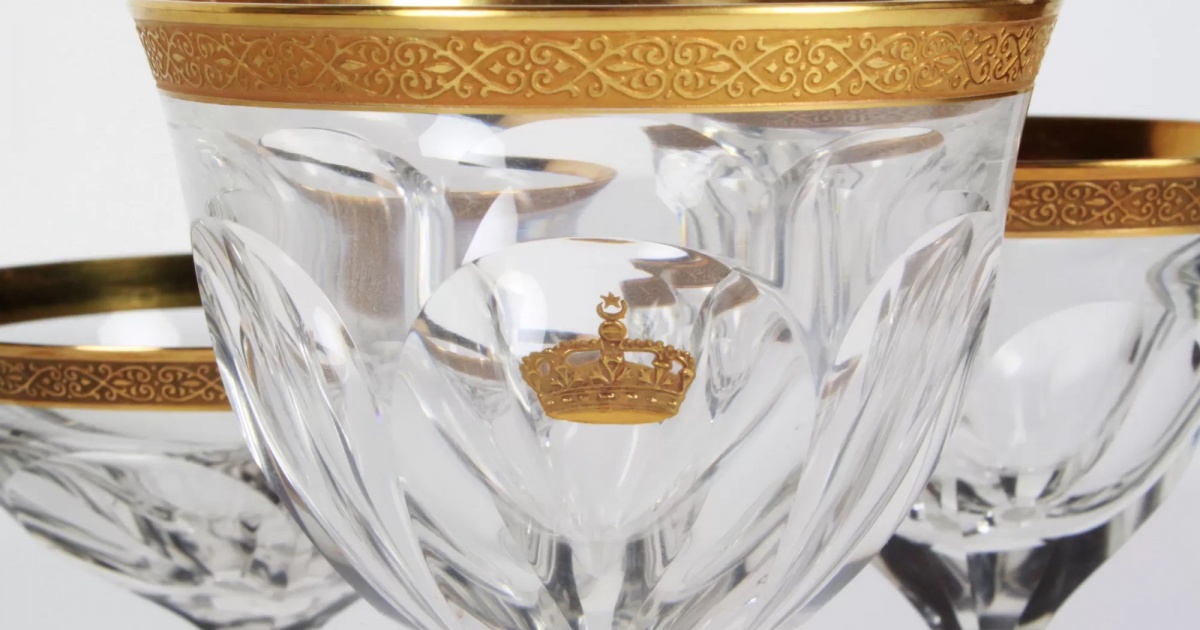

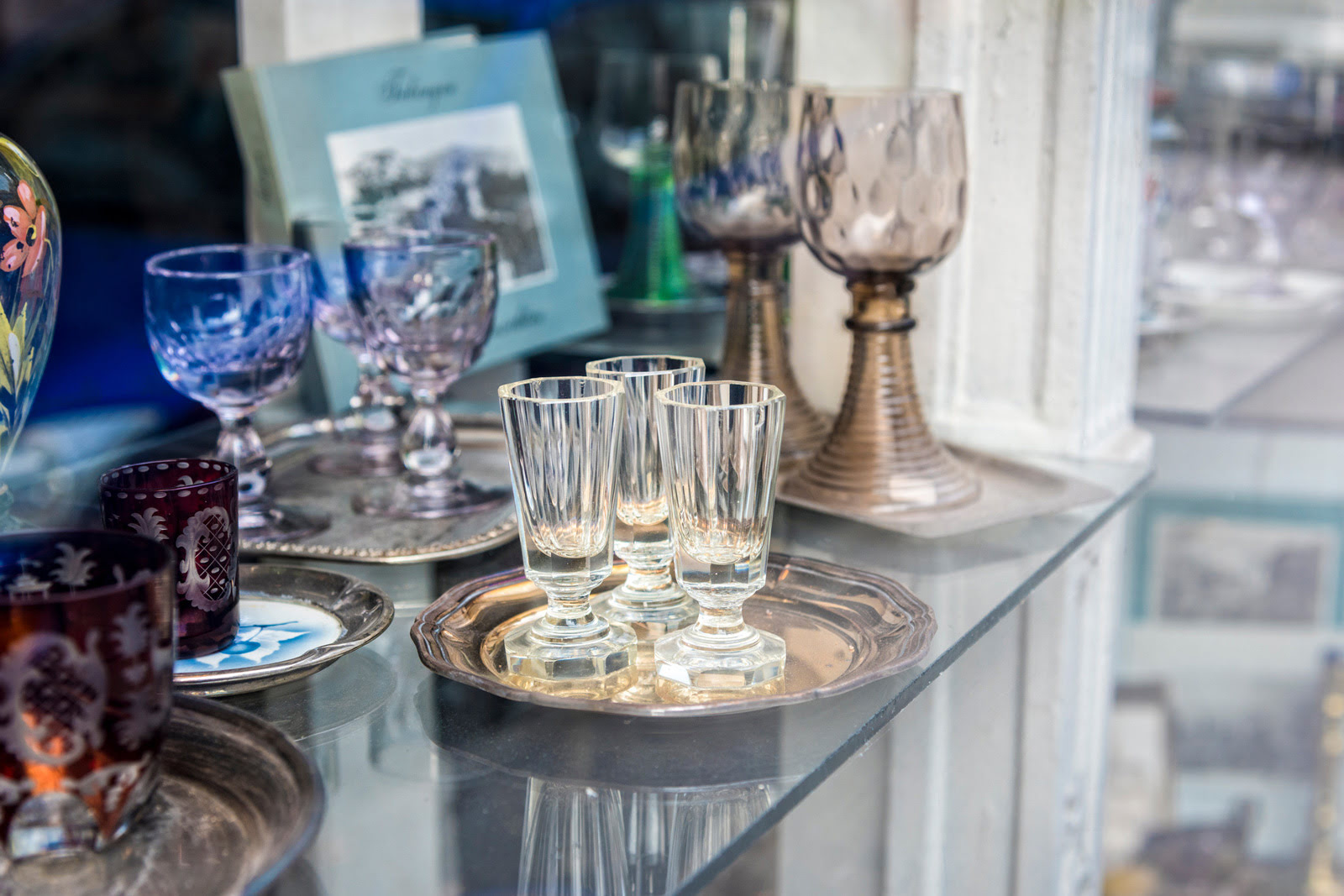
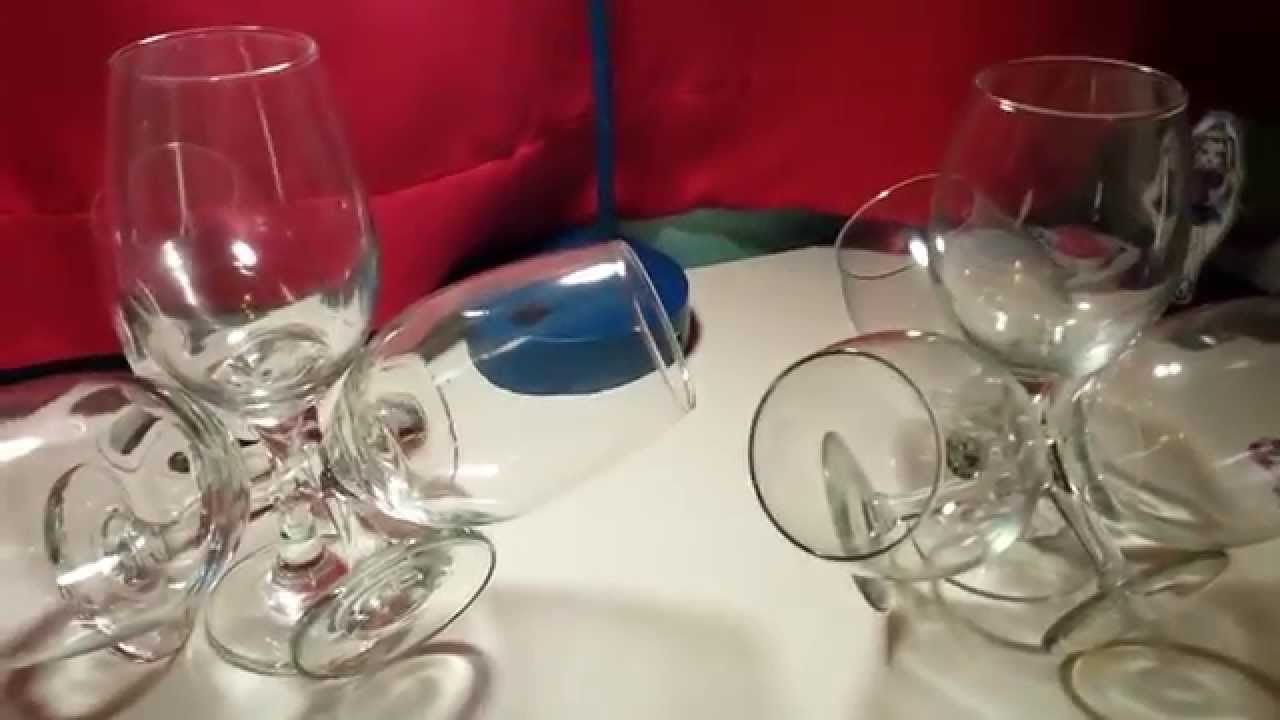
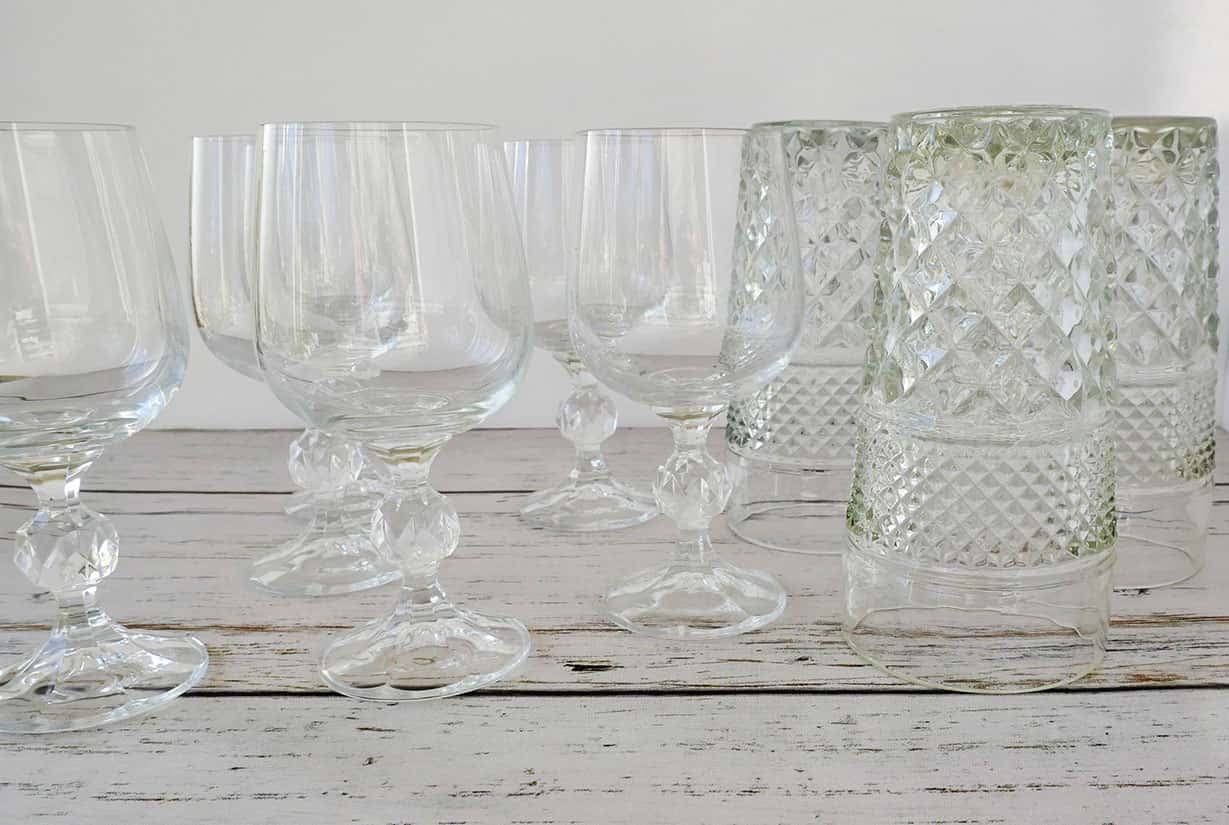
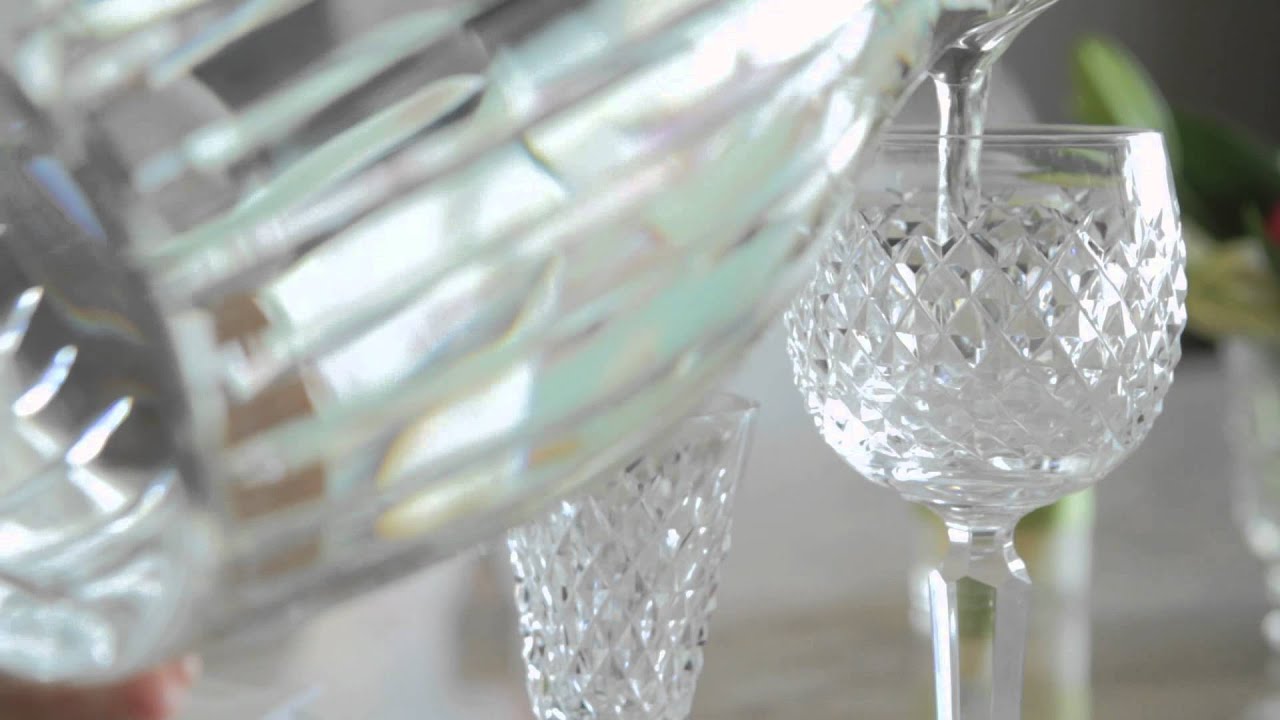

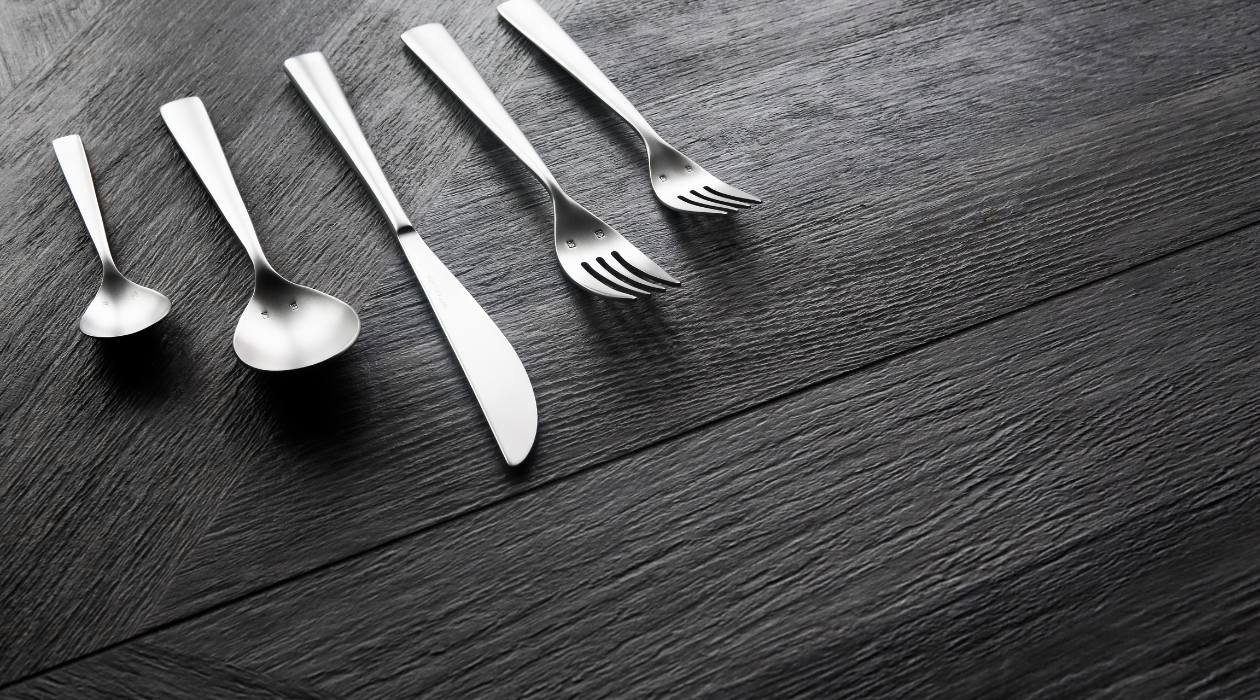

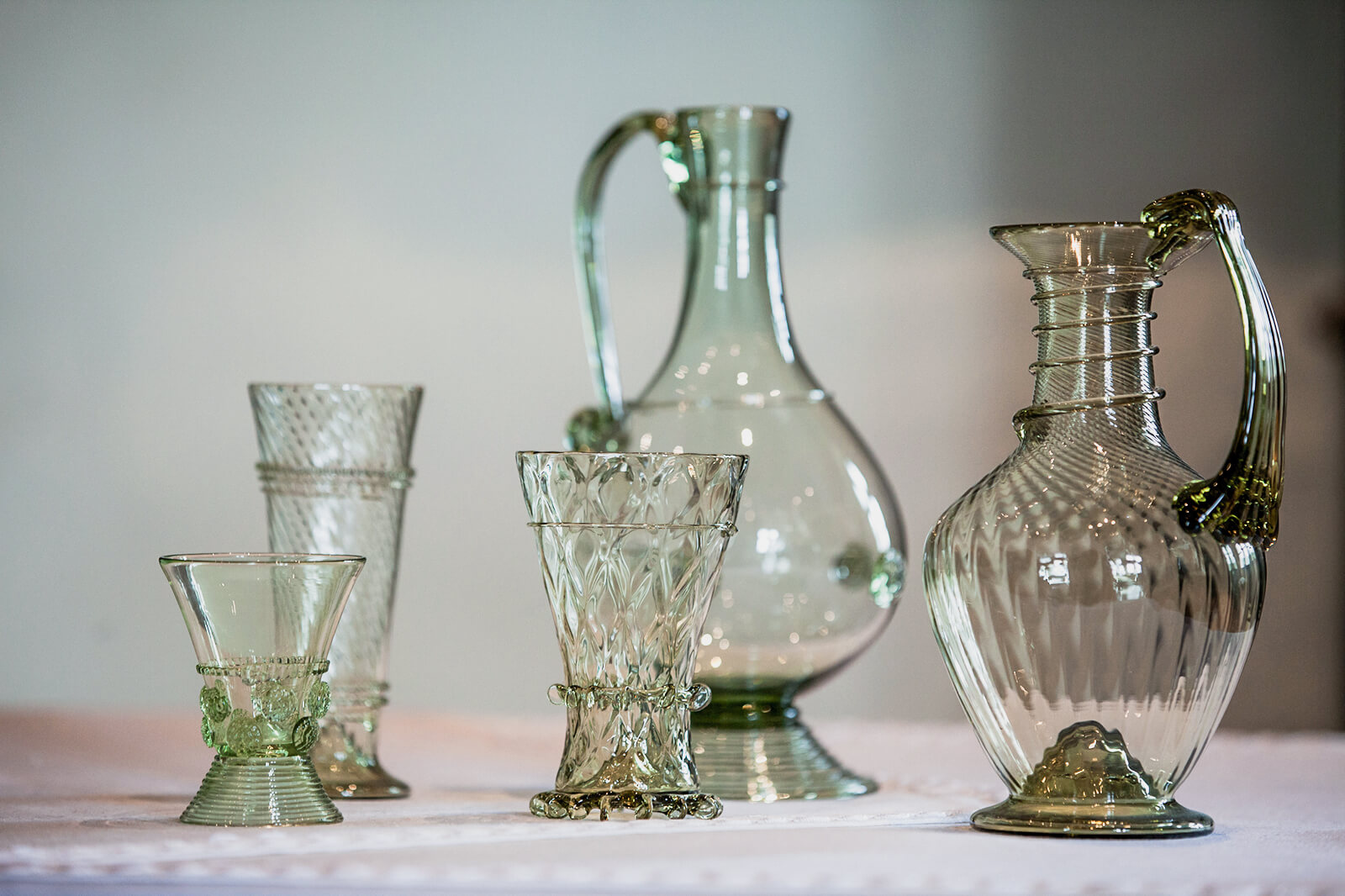
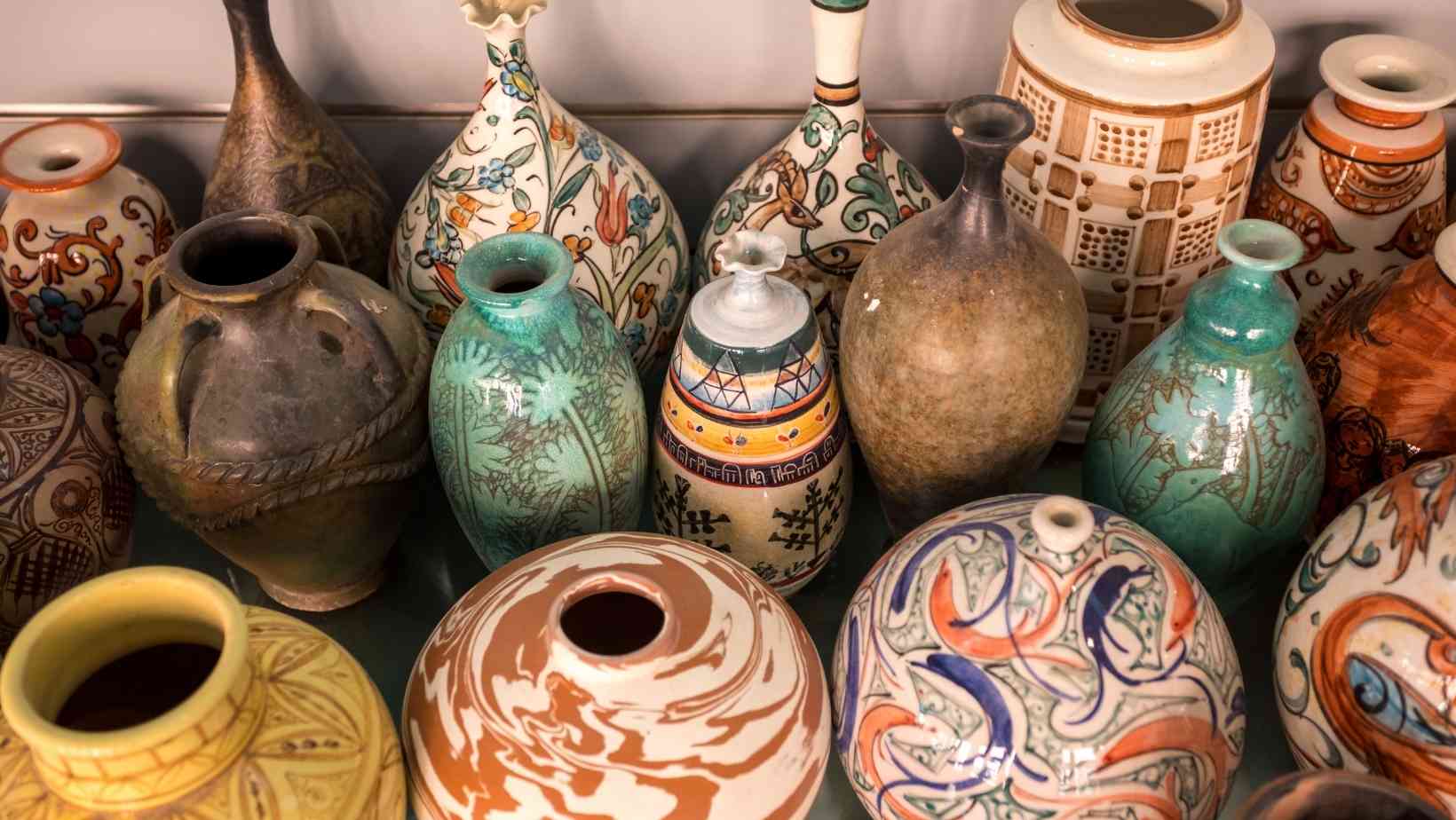
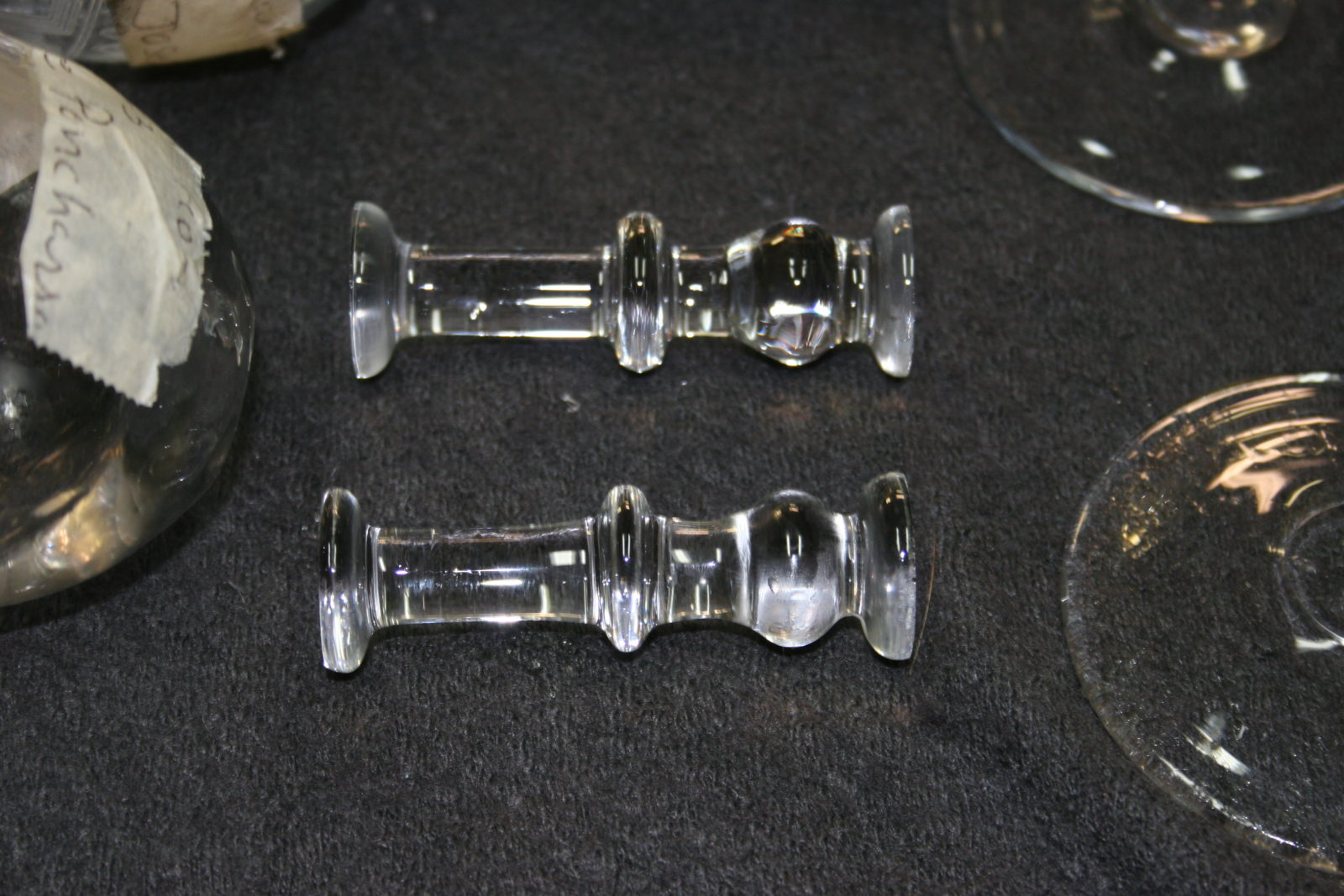
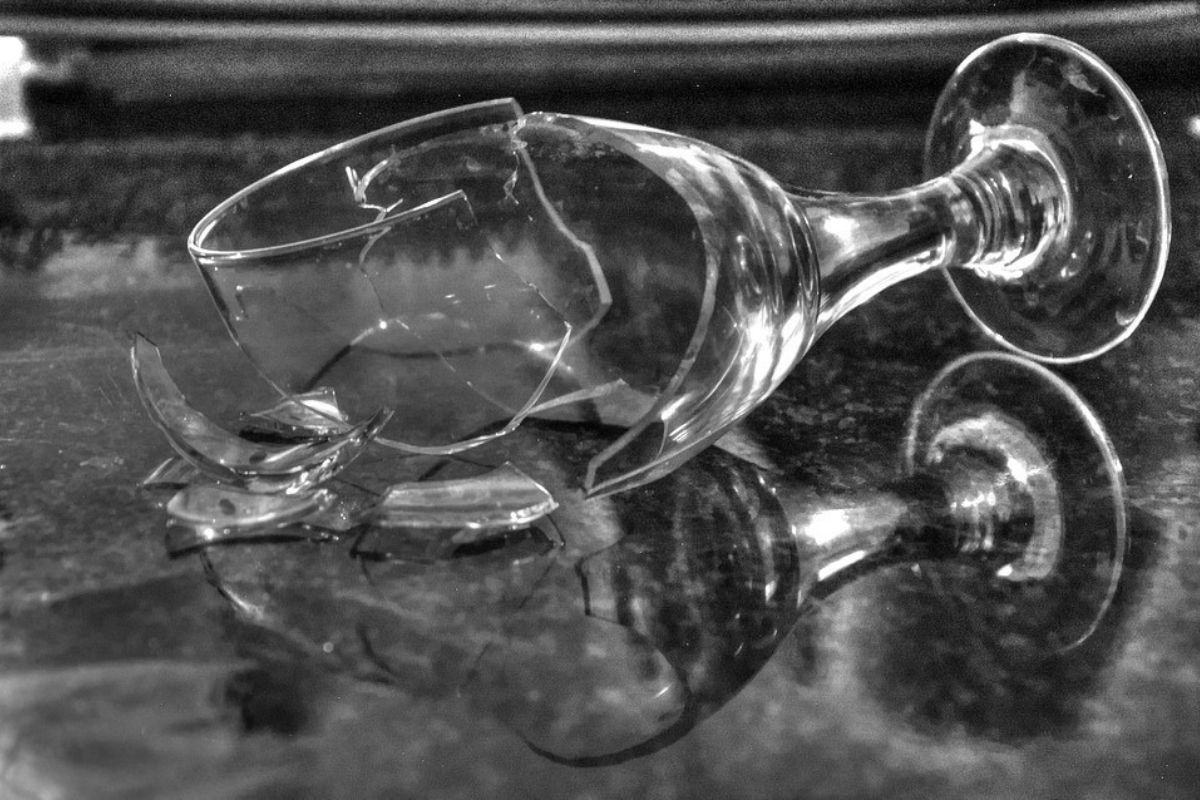
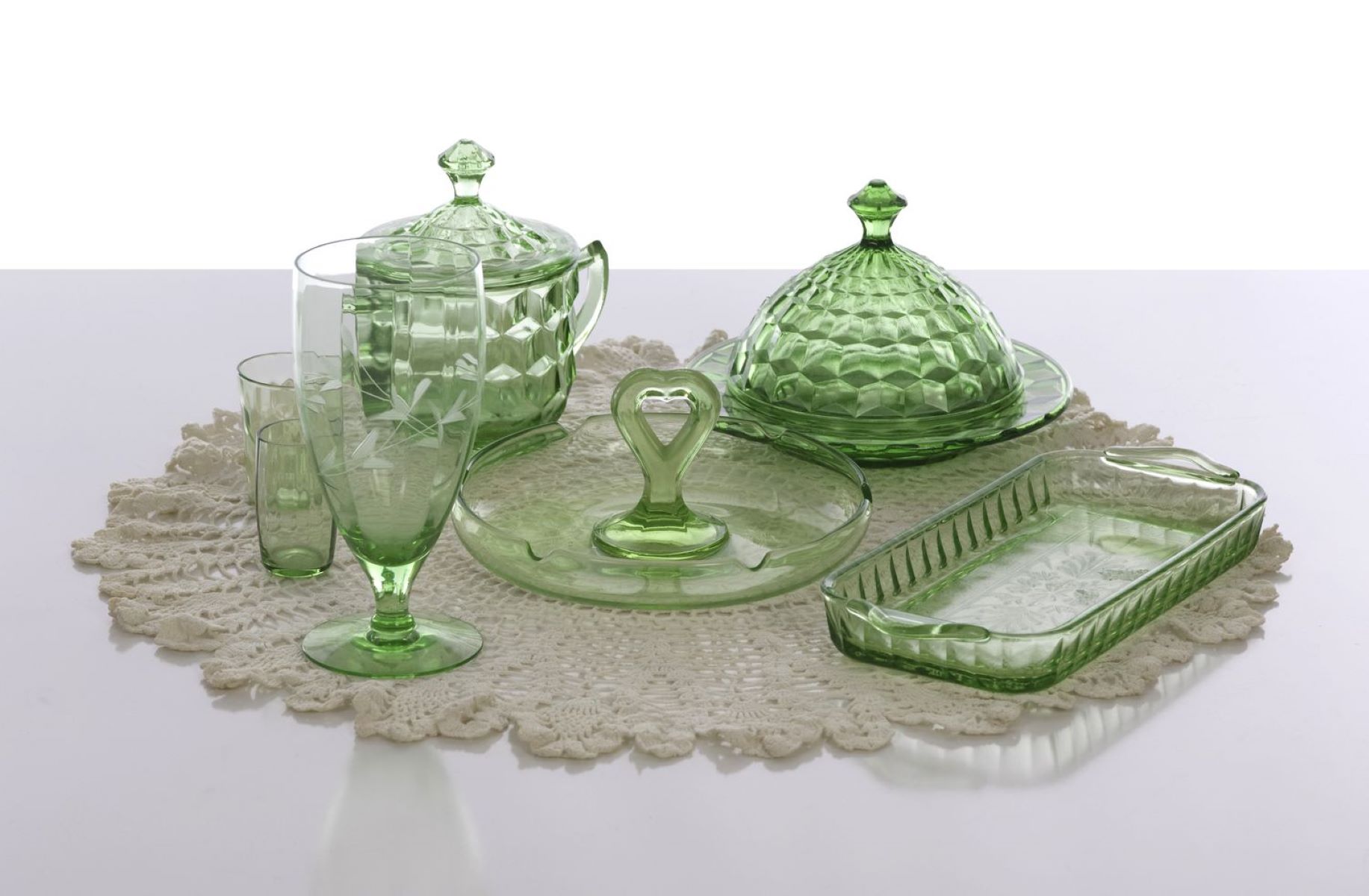

0 thoughts on “How To Identify Fostoria Stemware”